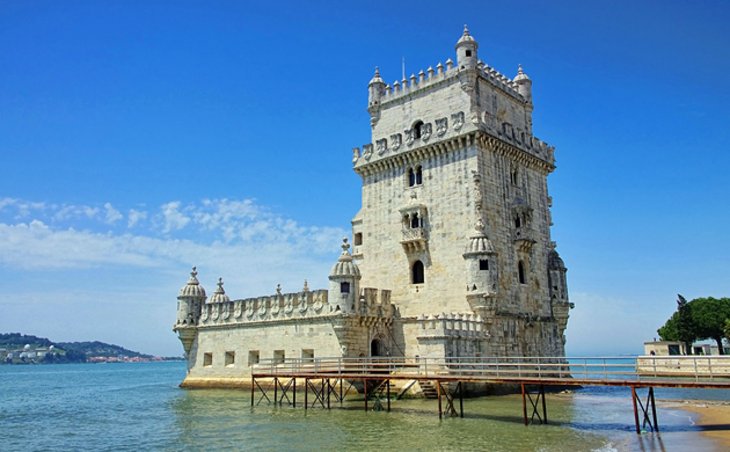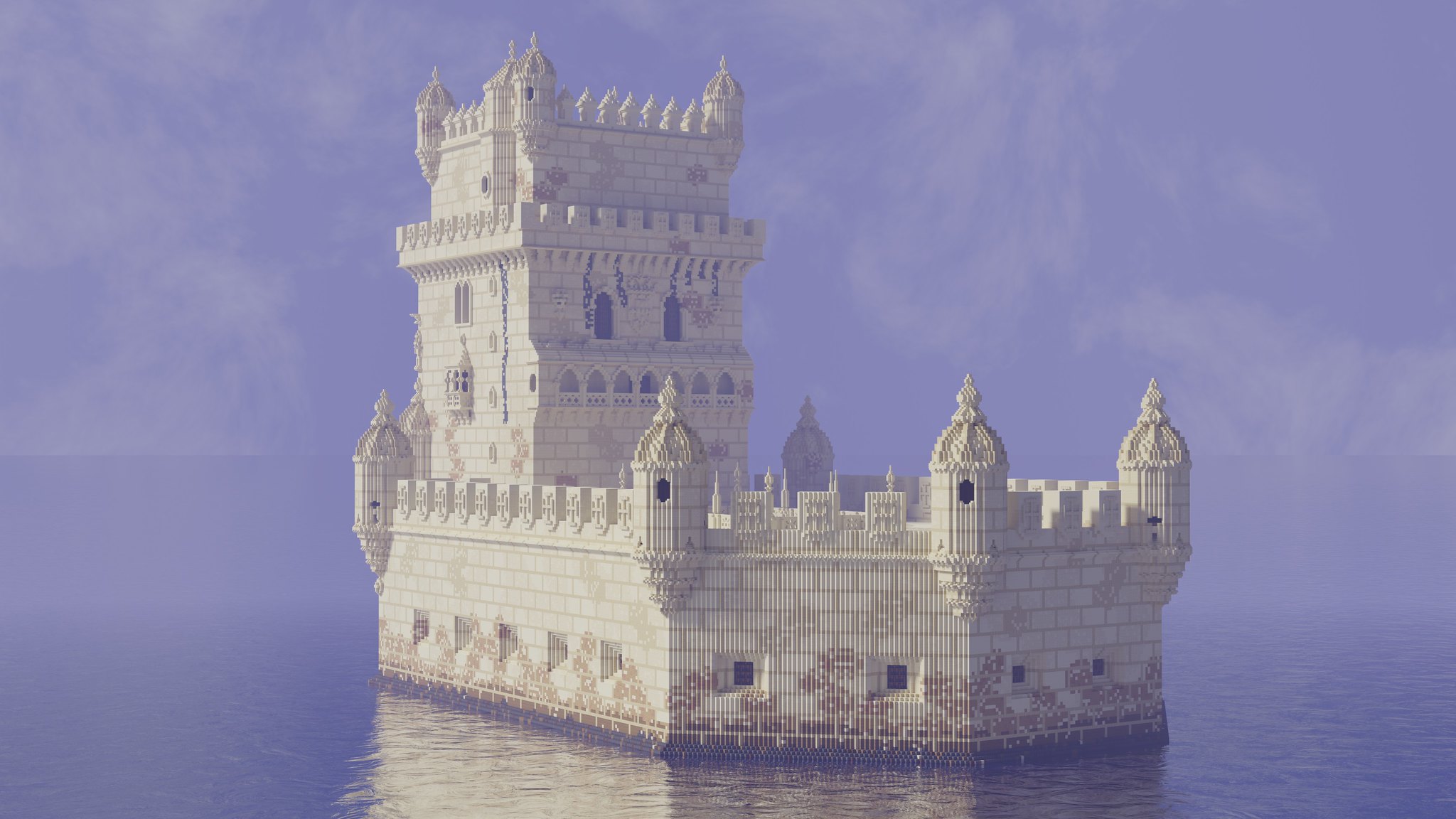History
Quick Facts
Location: Lisbon, Portugal
Architect: Francisco de Arruda
Date Built: 1514-1519
Width: 12m
Height: 30m
What Society Built it: Portuguese Empire
Why it was Built: Part of the defense system prepared by King John II of Portugal for the mouth of the Tagus River

What it Is
The Belém Tower, officially the Tower of Saint Vincent, is a symbol of the Age of Discoveries and Lisbon as a city. Built as a part of the military defense complex designed by King John II (who died before its construction) for the mouth of the Tagus River, it was completed by Francisco de Arruda on the orders of King Manuel I. Construction began in 1514 and was completed in 1519, during which time a large warship, the Grande Nau, was stationed at the mouth of the river to serve as a guard. Throughout the next four centuries, the Tower would fight the Spanish over the succession to the Portuguese throne and the French during the Liberal Wars, and serve as a prison to incarcerate the King's opponents. In 1755, it survived the Great Lisbon Earthquake. In more recent history, its legacy has shifted from a military complex to that of a cultural icon: in the 20th century, rehabilitation efforts began, and it was named as a UNESCO World Heritage Site in 1983.
The Tower's architecture embody the Manueline architecture of the Age of Discoveries. On its exterior, armillary spheres symbolizing exploration and rope designs symbolizing Portugal's naval culture adorn the entrance to the tower, while the façade facing the riverbank has Christian motifs, with statues of Vincent of Saragossa and the Archangel Michael.
The Portuguese Empire
The context of the Tower's history was of discovery, crisis, war, and renewed prosperity. A century prior to the construction of the Tower, the Portuguese Empire began with the claims of the Azores and Madeira. Immediately prior, the Age of Discoveries was in full swing for Portugal; in quick succession, Bartolomeu Dias, Vasco da Gama, Ferdinand Magellan, and Pedro Álvares Cabral rounded the Cape of Good Hope, discovered a sea route to India, circumnavigated the globe, and discovered Brazil, respectively: the Empire experienced a golden age in the Portuguese Renaissance. However, a half-century after the Tower's completion, King Sebastian died at the Battle of Alcácer Quibir, ending the House of Aviz. It was here that the Tower was involved in a futile attempt to prevent Spanish domination for the next 60 years. Following decline under the Spanish, the House of Braganza restored Portuguese rule, which ruled Portugal until the abolition of the monarchy in 1910. During this time, Portugal and the Tower survived the Great Earthquake, Napoleon's invasion and the flight of the Braganza, and the loss of Brazil. The Portuguese Empire ended in 1999, when Macau was returned to China.
Facts
John II died before construction could begin; his instructions were simply for the "making of a strong fort".
The Tower was upgraded several times, notably under Francisco de Holanda, adding several turrets.
In the 19th century, it was converted into a beacon and telegraph station.


